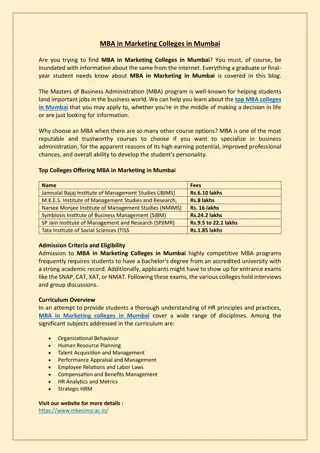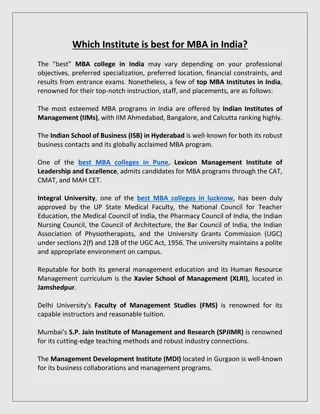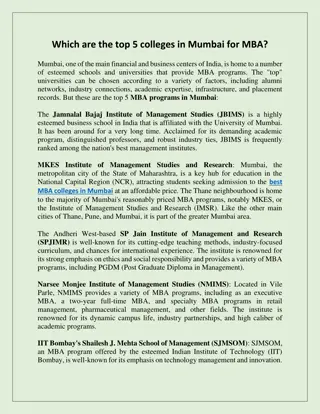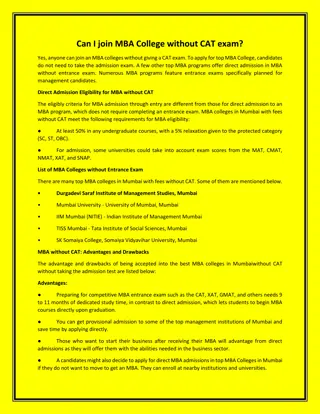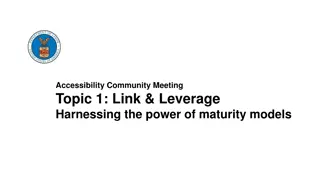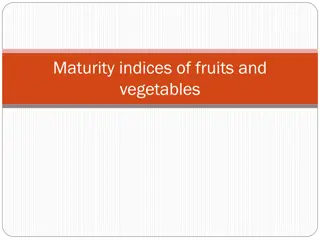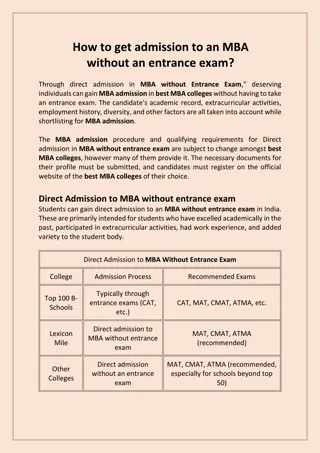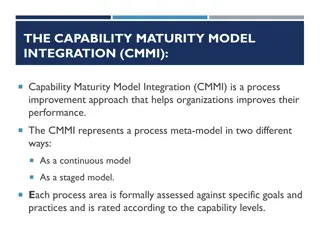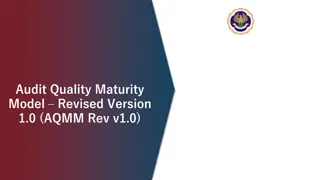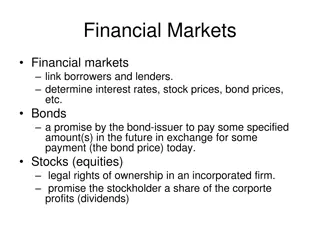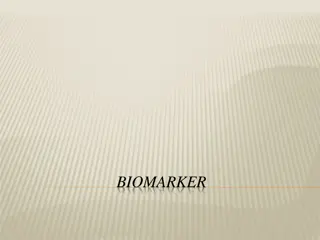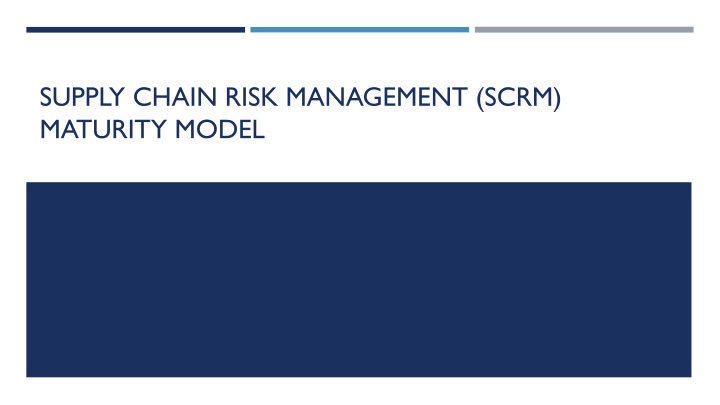
Supply Chain Risk Management Maturity Model
Learn about the stages of Supply Chain Risk Management (SCRM) maturity model from initial ad-hoc practices to the leading transformative stage. Gain insights on how organizations can advance their risk management processes to enhance resilience, protect revenue streams, and ensure business continuity.
Download Presentation

Please find below an Image/Link to download the presentation.
The content on the website is provided AS IS for your information and personal use only. It may not be sold, licensed, or shared on other websites without obtaining consent from the author. If you encounter any issues during the download, it is possible that the publisher has removed the file from their server.
You are allowed to download the files provided on this website for personal or commercial use, subject to the condition that they are used lawfully. All files are the property of their respective owners.
The content on the website is provided AS IS for your information and personal use only. It may not be sold, licensed, or shared on other websites without obtaining consent from the author.
E N D
Presentation Transcript
SUPPLY CHAIN RISK MANAGEMENT (SCRM) MATURITY MODEL
INTRODUCTION TO SCRM Definition: Supply Chain Risk Management (SCRM) involves identifying, assessing, and mitigating risks throughout the supply chain to minimize disruptions and ensure business continuity. Key Drivers for SCRM: Globalization and complex supply networks Increasing exposure to environmental, geopolitical, and financial risks Technological advances and digital disruptions Customer expectations for faster and more reliable delivery Goals of SCRM: Increase resilience and flexibility in the supply chain Reduce the impact of disruptions Ensure business continuity and protect revenue streams
WHAT IS THE SCRM MATURITY MODEL? Definition: The SCRM Maturity Model helps organizations assess their current capabilities in managing supply chain risks and provides a framework for improving risk management practices over time. Purpose: To identify the maturity of an organization s risk management processes. To guide organizations in advancing through different stages of maturity, from basic risk identification to a fully integrated,proactive,and resilient supply chain risk management approach. Goal: Move from Reactive to Proactive SCRM.
STAGES OF SCRM MATURITY Initial (Ad-Hoc) Stage: Characteristics: Risk management practices are informal and reactive. Limited awareness of risks across the supply chain. Lack of standardized risk management processes. Risk responses are typically crisis-driven and uncoordinated. Focus: Identify risks only when problems occur. Defined Stage: Characteristics: Basic risk management processes are defined but not consistently applied. Some risk identification and mitigation plans are in place. Some level of collaboration with suppliers on risk management. Risk response plans are more structured but still incomplete. Focus: Develop basic frameworks for identifying and managing risks.
STAGES OF SCRM MATURITY Managed Stage: Characteristics: Risk management practices are integrated into key supply chain processes. A risk management team or individual is responsible for monitoring and mitigating risks. Regular risk assessments are conducted and documented. A collaborative approach with suppliers is established to manage risks. Focus: Establish consistent risk management practices and tools. Optimized Stage: Characteristics: Risk management is proactive and embedded into decision-making processes. Risk monitoring systems are automated and continuously updated. Deep collaboration with stakeholders (suppliers, customers, etc.) on managing risks. Scenario planning, data analytics, and risk modeling are used to predict and prepare for future risks. Focus: Leverage data and technology for predictive risk management and continuous improvement.
STAGES OF SCRM MATURITY Leading (Transformative) Stage: Characteristics: SCRM is fully integrated into the corporate culture and strategic goals. Continuous improvement through innovation and advanced analytics. Real-time monitoring, predictive analytics, and AI are used to anticipate and mitigate risks. The organization is highly resilient, able to adapt to dynamic global environments and market changes. Focus:Achieve a risk-resilient supply chain that can not only survive but thrive in the face of disruptions.
KEY ELEMENTS OF THE SCRM MATURITY MODEL Risk Identification: Collaboration and Awareness and detection of both current and potential risks across the Communication: supply chain. Building strong relationships with Risk Assessment: suppliers, customers, and other Analyzing the likelihood and potential impact of identified risks. stakeholders to jointly manage risks. Categorizing risks based on severity and urgency. Transparent communication about risks, Risk Mitigation: mitigation efforts, and recovery plans. Developing proactive strategies to reduce the impact of identified risks (e.g., redundancy, diversification). Risk Monitoring and Reporting: Continuous tracking of risk factors through technology and data analytics. Real-time updates and transparent reporting to stakeholders.
BENEFITS OF ADVANCING SCRM MATURITY Improved Risk Visibility: Understanding where risks exist in the supply chain, leading to better decision-making. Faster Response Time: Organizations can respond to disruptions quicker with proactive risk management systems in place. Cost Reduction: Lower costs through better risk avoidance, minimized disruptions, and optimized supply chain operations. Enhanced Resilience: Ability to quickly recover from disruptions and continue operations without significant downtime. Competitive Advantage: A mature SCRM framework allows businesses to meet customer demands consistently, even during disruptions, giving them an edge over competitors.
CONCLUSION Summary: The SCRM Maturity Model provides a structured approach for organizations to assess their risk management practices and improve over time. Key Takeaway: Advancing through the stages of maturity enables companies to move from reactive risk management to a fully integrated and predictive approach, enhancing overall resilience. Final Thoughts: Organizations must continuously evolve their supply chain risk management practices to stay competitive and resilient. The future of SCRM is data-driven, proactive, and deeply integrated into the core functions of the business.


